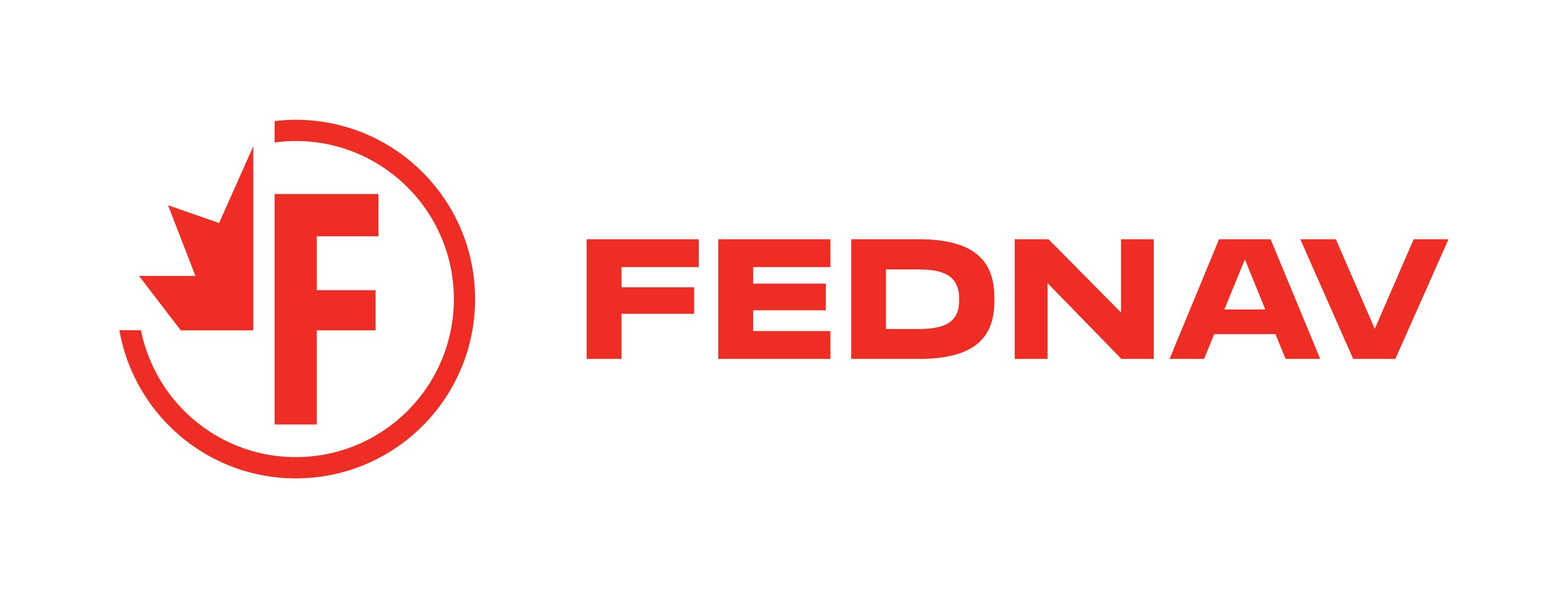From TradeWinds
By Michael Angell Stamford
Chief executive says dry bulk market 'is a struggle' but Fednav has a good cash cushion to weather the storm
It has got lonelier at the top for Paul Pathy as he assumes sole leadership of Fednav, Canada's largest dry bulk shipping company.
His brother, Mark, had shared the chief executive role for the past six years. But, in mid-August, Fednav announced that Mark would be stepping down.
Paul Pathy now faces steering Fednav through a market that he says is "going to be a struggle for everybody going forward".
But he says Fednav maintains a good cash cushion and can keep growing in both the niche Great Lakes trade and the international shipping markets.
Paul Pathy says Mark's departure as co-chief executive was a mutual decision on what is best for Fednav so as to avoid the schisms that have riven other shipping families. Mark remains a director and shareholder of Fednav but his next career will not involve shipping, according to his brother.
"We are not going to go the route that some Norwegian families have taken where another shipping company starts competing down the street," Paul Pathy said. "The family is in great shape and this is a supremely amicable situation.
"It's a matter of fixing something before it breaks, especially to avoid a nasty split at some point."
A co-chief executive had its benefits in dividing up tasks and providing a sounding board for ideas - and Pathy says "it's less lonely when you've got two".
But, in the end, "it's harder for two captains to steer a ship".
As with other owners, Fednav's fleet of 69-owned and long-term chartered-in ships - ranging from handysizes to supramaxes - faces one of the worst dry bulk markets in years.
While freight rates have moved up from earlier lows, Pathy says the market is "tough for everyone".
Pathy declines to say whether Fednav's trading strategy has changed much in the current market. But what he calls a "significant" number of Fednav's ships still trade on a spot basis.
Some customers are offering long-term charters but Pathy says there is little incentive to fix ships at the rates that are being offered.
"Charterers would be pretty happy to fix for 10 years at the current rates," Pathy said. "It's either that or 'no thanks, we'll just charter on spot'."
Pathy says Atlantic Basin dry bulk trading remains healthier as new vessel supply comes into the Pacific. Outbound grain cargoes from the US Midwest have been strong this year, he says, as have inbound finished steel cargoes from Europe.
While Fednav's ships trade globally, Pathy says its focus on trade through the St Lawrence Seaway into the Great Lakes region of North America also gives the company a market niche. But serving that niche comes at a cost of investing heavily in ballast-water treatment systems
(BWTS).
The 34,500-dwt Federal Caribou (built 2016), which just made its first call at the Great Lakes port of Burns Harbor, is the sixth of seven ships on order from Japan's Oshima Shipbuilding that will be kitted out with BWTS from JFE Engineering. Fednav also plans to retrofit five other ships that were delivered prior to the availability of the systems, which cost about $500,000 apiece.
Pathy made the move just as global ballast-water regulations appear to be coming to the fore. Panama is close to ratifying the International Maritime Organization ballast-water rules.
Still, the US Coast Guard (USCG) has not given final approval to any BWTS. JFE expects to win approval for its devices by next year.
Pathy says there is risk in installing a BWTS that has yet to be approved.
But faced not only with environmental rules from the IMO and USCG - but also from the various US states that border the Great Lakes - Pathy says it is important to get in front of the issue.
"We took the risk [on BWTS] without knowing whether it's going to get approved,'' Pathy said.
Once final rules do come down, Pathy says the big challenge will be whether it is worth retrofitting its older ships with BWTS systems.
The cost will be higher due to cutting open the ship and installing the equipment. In some cases, a ship might not have the space.
Pathy says the BWTS could be the tipping point for more potential scrapping.
"One of the positives lurking for this issue is more scrapping,'' he said. "Are you going to put a $Im ballast system on a $6m ship?"
Along with its environment, Pathy is concerned about maintaining the economic viability of shipping goods through the St Lawrence Seaway. His company is part of a group of other shipowners involved in a lawsuit against the USCG over what they allege are the excess pilotage fees—up to $10,000 per day—for navigating ships on the Great Lakes.
Pathy says fees chip away at the competitiveness of shipping through the Great Lakes. Customers have other intermodal options for reaching the US Midwest, such as railing freight from the Port of Baltimore or even using barges along the Mississippi River.
"If pilot fees get too high, it creates a negative incentive for customers,'' he said. "We are concerned about the economic viability of the St Lawrence Seaway system."





